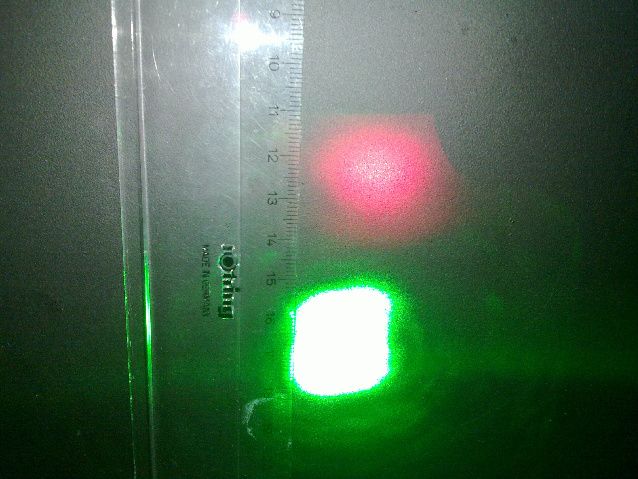- Joined
- Sep 12, 2007
- Messages
- 9,399
- Points
- 113
1W 635 from laserwave is 2 grand. 900mW 642 from kvant is 2.1 grand.

Follow along with the video below to see how to install our site as a web app on your home screen.
Note: This feature may not be available in some browsers.



I got this information from the CIE tables for the luminosity function. The values i stated are for equally bright looking beams/dots of each wavelength. The values required for exact white appearance are slightly different depending on the exact wavelengths used, but very close (within a few percent).
This doesnt mean that you cannot make a full color projection using equal amounts of 445, 532 and 635 though. Provided many combinations are present in the show, the full mix woul still appear (most) white to an observer. The projection as a whole would appear very green though when viewed side by side with oher light source.
yes the further in the color spectrum the more balancing effect that wavelength can provide. so 660 would have have more "red" than 635 but you need more wattage because of the makeup of our eyes?
Unless of course you use DT-20H galvos, which have larger mirrors but maintain 20kpps speeds. They don't cost significantly more than the other DT options, but I haven't seen too many people using them. It seems to me that they would be an ideal choice and the simplest solution for beam projectors using wide beams.


